Have you gone light bulb shopping lately? Fluorescent, incandescent, halogen and tungsten – oh my!
Remember when all you needed to know was 60 watt or 100 watt? Every type of light bulb has its own pros and cons and optimal usage spot.
Compact Fluorescent Bulbs (CFL): CFLs use roughly 1/4 as much energy as incandescent bulbs. This means that you can light a 60 watt fixture using as little as 13 watts of electricity. Energy savings translates into money savings. CFLs are also quiet, instant-on and have warmer, color-corrected tones.
Fluorescent Bulbs: The traditional fluorescent bulb gives a cold, flat light that is often bluish and harsh. They are best used to light large areas. Some advantages of fluorescent lighting are that they typically last 8-10 times longer, use about 75% less energy and produce 90% less heat than traditional incandescent bulbs.
Incandescent Bulbs: According to energy.gov the incandescent bulbs are inexpensive to buy, turn on instantly, and are available in an array of shapes and sizes. This is the traditional screw in bulb that is used throughout many homes. However, they are not as energy efficient as other options.
Halogen Bulbs: A halogen bulb is a type of incandescent bulb with a special gas capsule. They’re a little more energy efficient than incandescent bulbs, but are more expensive and burn at a higher temperature. Halogens are commonly used in reflector lamps, indoor recessed and track fixtures, and floor and desk lamps.
Light Emitting Diodes (LED): LEDs provide only directional light, not diffused light, making them ideal for under-counter task lighting, but not general room illumination. They use slightly less energy than a CFL and have an expectancy of 18-46 years.
If you have “burning” light bulb questions, give us a call. We can make sure you have the most efficient bulb for every specific use.
